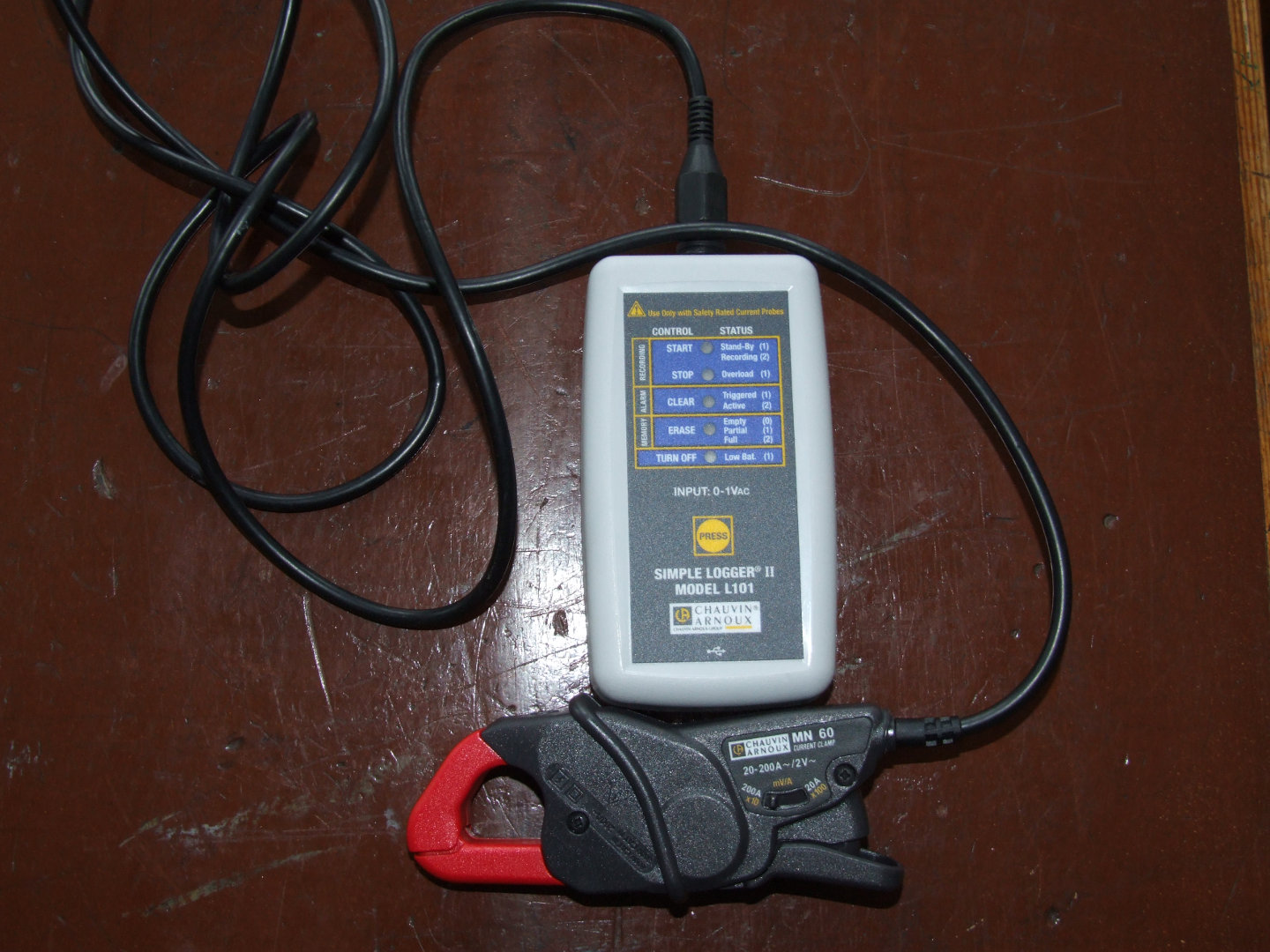

For convenience, there are methods for each logging level, named after the logging level name. The Logger class provides a large set of convenience methods for generating log messages.

Resource bundle names: If a logger has a null resource bundle name, then it will inherit any resource bundle name defined for its parent, and so on recursively up the tree. Handlers: By default, a Logger will log any output messages to its parent's handlers, and so on recursively up the tree. Logging level: If a logger's level is set to be null, then the logger will use an effective Level that will be obtained by walking up the parent tree and using the first non-null Level. Loggers may inherit various attributes from their parents in the logger namespace. Anonymous loggers are all given the root logger as their parent. The root logger (named "") has no parent. A logger's parent is its nearest extant ancestor in the logging namespace. Loggers keep track of their parent loggers in the logging namespace. In addition to named Logger objects, it is also possible to create anonymous Logger objects that don't appear in the shared namespace. For example, a Logger called java.awt might handle logging requests for classes in the java.awt package, but it might also handle logging for classes in sun.awt that support the client-visible abstractions defined in the java.awt package. The namespace should typically be aligned with the Java packaging namespace, but is not required to follow it exactly. The namespace is hierarchical and is managed by the LogManager. Logger objects are normally named entities, using dot-separated names such as java.awt. Each logger keeps track of a log level that it is interested in, and discards log requests that are below this level.
Ups logger id code#
As stated earlier, client code sends log requests to Logger objects.


 0 kommentar(er)
0 kommentar(er)
